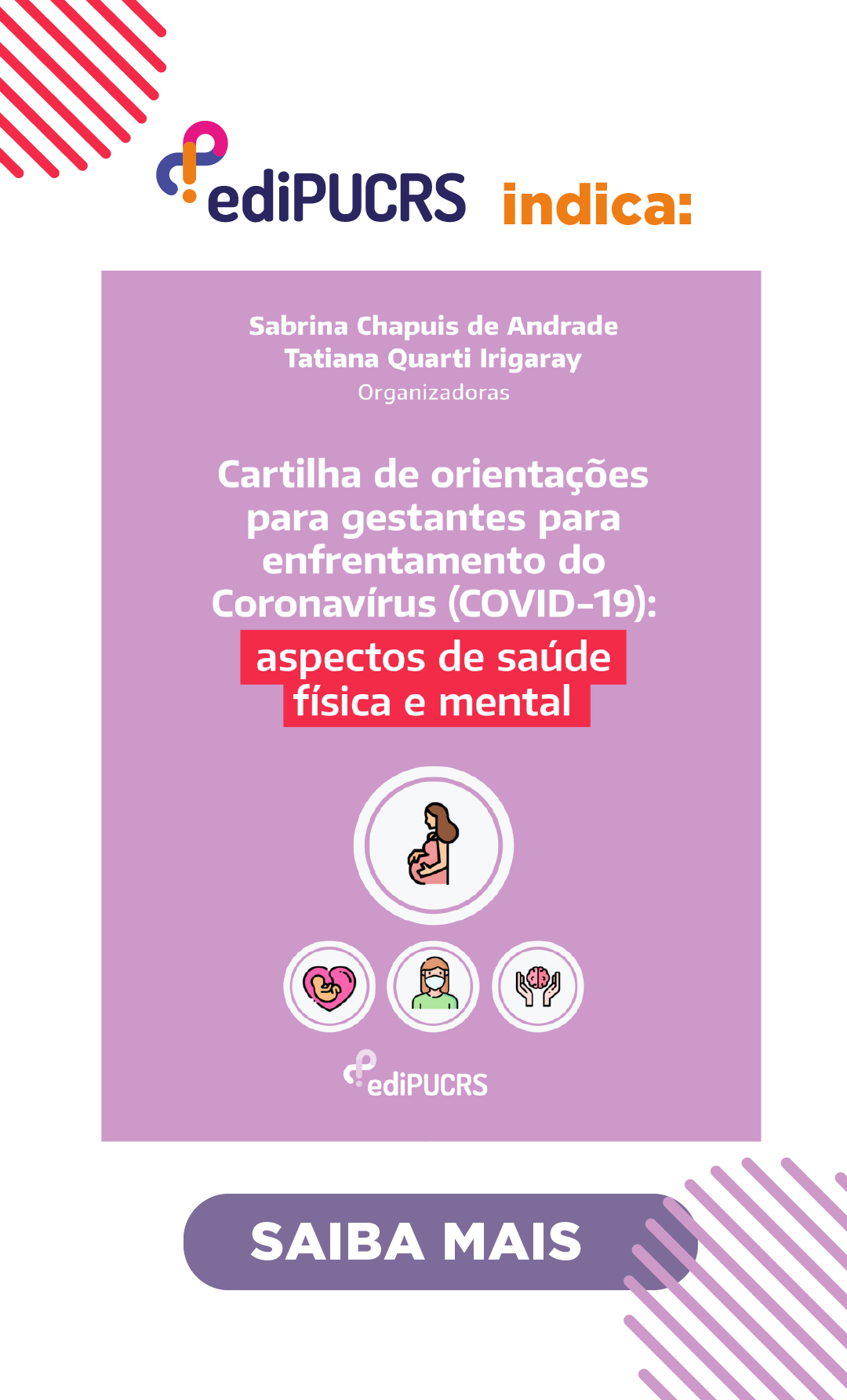Evaluation of pain levels of critically ill intensive care unit patients, before, during and after a session of chest physical therapy: a pilot study
DOI:
https://doi.org/10.15448/1980-6108.2017.2.26647Keywords:
pain measurement, critical care, intensive care units, respiration, artificial, physical therapy specialty, physical therapy modalities.Abstract
*** Evaluation of pain levels of critically ill intensive care unit patients, before, during and after a session of chest physical therapy: a pilot study ***
AIMS: To evaluate pain levels of critically ill patients before, during, and after a chest physical therapy intervention.
METHODS: Pilot study conducted at the intensive care unit (ICU) of a teaching hospital. Sedated and mechanically ventilated adult patients aged 18 to 60 years were selected. Sociodemographic, clinical, and hemodynamic data were analyzed, and the Behavioral Pain Scale (BPS) scale was used to assess pain in patients unable to be evaluated by self-report questionnaires.
The physical therapy protocol consisted of manual vibrocompression maneuvers in both hemithoraces and of intratracheal aspiration. The hemodynamic variables and the BPS were analyzed in three periods: immediately before, in the fifth minute of intervention, and immediately after physical therapy. The Shapiro-Wilk test and ANOVA were used for the statistical analyses. The level of significance was p ≤0.05.
RESULTS: The sample consisted of 22 patients, most of them male, aged 55±23.8 years. Nosocomial pneumonia the most prevalent pathology. There were no significant differences in hemodynamic variables and in pain assessment (p = 0.78) of the critically ill patients in any of the evaluated periods.
CONCLUSIONS: In this sample of critically ill and mechanically ventilated ICU patients , no alterations in pain levels were detected during or after chest physical therapy.
Downloads
References
Hirsh AT, Jensen MP, Robinson ME. Evaluation of nurses' self-insight into their pain assessment and treatment decisions. J Pain. 2010;11(5):454-61. https://doi.org/10.1016/j.jpain.2009.09.004
Barbosa TP, Beccaria LM, Pereira RAM. Avaliação da experiência de dor pós-operatória em pacientes de unidade de terapia intensiva. Rev Bras Ter Intensiva. 2011;23(4):470-7. https://doi.org/10.1590/S0103-507X2011000400012
Needham DM, Truong AD, Fan E. Technology to enhance physical rehabilitation of critically ill patients. Crit Care Med. 2009 Oct;37(10 Suppl):S436-41. https://doi.org/10.1097/CCM.0b013e3181b6fa29
Borges M, Oliveira LR. Fisioterapia motora em pacientes adultos em terapia intensiva. Rev Bras Ter Intensiva. 2009;21(4):446-52. https://doi.org/10.1590/S0103-507X2009000400016
Vincent JL, Rhodes A, Perel A, Martin GS, Della Rocca G, Vallet B, Pinsky MR, Hofer CK, Teboul JL, de Boode WP, Scolletta S, Vieillard-Baron A, De Backer D, Walley KR, Maggiorini M, Singer M. Clinical review: Update on hemodynamic monitoring--a consensus of 16. Crit Care. 2011 Aug 18;15(4):229. https://doi.org/10.1186/cc10291
Dias FS, Rezende EAC, Mendes CL, Silva-Jr JM, Sanches JL. Monitorização hemodinâmica em unidade de terapia intensiva: uma perspectiva do Brasil. Rev Bras Ter Intensiva. 2014;26(4):360-6. http://dx.doi.org/10.5935/0103-507X.20140055
Gélinas C, Fortier M, Viens C, Fillion L, Puntillo K. Pain assessment and management in critically ill intubated patients: a retrospective study. Am J Crit Care. 2004;13(2):126-35.
Byrd PJ, Gonzales I, Parsons V. Exploring barriers to pain management in newborn intensive care units: a pilot survey of NICU nurses. Adv Neonatal Care. 2009 Dec;9(6):299-306. https://doi.org/10.1097/ANC.0b013e3181c1ff9c
Sakata KR. Analgesia e sedação em unidade de terapia intensiva. Rev Bras Anestesiol. 2010;60(6):653-8. https://doi.org/10.1590/S0034-70942010000600012
Riker RR, Fraser GL - Altering intensive care sedation paradigms to improve patient outcomes. Crit Care Clin. 2009 Jul;25(3):527-38, viii-ix. https://doi.org/10.1016/j.ccc.2009.05.004
Kumar AB, Brennan TJ. Pain assessment, sedation, and analgesic administration in the intensive care unit. Anesthesiology. 2009 Dec;111(6):1187-8. https://doi.org/10.1097/ALN.0b013e3181c0d1b5
Morete MC, Mofatto SC, Pereira CA, Silva AP, Odierna MT. Tradução e adaptação cultural da versão portuguesa (Brasil) da escala de dor Behavioural Pain Scale. Rev Bras Ter Intensiva. 2014;26(4):373-8. https://doi.org/10.5935/0103-507X.20140057
Li D, Puntillo K, Miaskowski C. A review of objective pain measures for use with critical care adult patients unable to self-report. J Pain. 2008;9(1):2-10. https://doi.org/10.1016/j.jpain.2007.08.009
Cade CH. Clinical tools for the assessment of pain in sedated critically ill adults. Nurs Crit Care. 2008;13(6):288-97. https://doi.org/10.1111/j.1478-5153.2008.00294.x
Aissaoui Y, Zeggwagh AA, Zekraoui A, Abidi K, Abouqal R. Validation of a behavioral pain scale in critically ill, sedated, and mechanically ventilated patients. Anesth Analg. 2005 Nov;101(5):1470-6. https://doi.org/10.1213/01.ANE.0000182331.68722.FF
Ferreira LL, Valenti VE, Vanderlei LCM. Chest physiotherapy on intracranial pressure of critically ill patients admitted to the intensive care unit: a systematic review. Rev Bras Ter Intensiva. 2013;25(4):327-33. https://doi.org/10.5935/0103-507X.20130055
França EE, Ferrari F, Fernandes P, Cavalcanti R, Duarte A, Martinez BP, Aquim EE, Damasceno MCP. Fisioterapia em pacientes críticos adultos: recomendações do Departamento de Fisioterapia da Associação de Medicina Intensiva Brasileira. Rev Bras Ter Intensiva. 2012;24(1):6-22. https://doi.org/10.1590/S0103-507X2012000100003
Cruz CT, Stumm EMF. Instrumentalização e implantação de escala para avaliação da dor em unidade de terapia intensiva neonatal: relato de casos. Rev Dor. 2015;16(3):232-4. http://dx.doi.org/10.5935/1806-0013.20150046
Toledo C, Garrido C, Troncoso E, Lobo SM. Effects of respiratory physiotherapy on intracranial pressure and cerebral perfusion pressure in severe traumatic brain injury patients. Rev Bras Ter Intensiva. 2008;20(4):339-43. https://doi.org/10.1590/S0103-507X2008000400004
Hirsh AT, Jensen MP, Robinson ME. Evaluation of nurses' self-insight into their pain assessment and treatment decisions. J Pain. 2010;11(5):454-61. https://doi.org/10.1016/j.jpain.2009.09.004
Mendes LC, Fontenele FC, Dodt RCM, Almeida LS, Cardoso MVLML, Silva CBG. A dor no recém-nascido em unidade de terapia intensiva neonatal. Rev Enferm UFPE. 2013;7(11):6446-54. http://dx.doi.org/10.5205/reuol.3794-32322-1-ED.0711201318
Freitas ZMP, Pereira CU, Oliveira DMP. Escalas para avaliação de dor em neonatologia e sua relevância para a prática de enfermagem. Rev Bras Med. 2012;68(1):18-24.
Bassanezi BSB, Oliveira-Filho AG. Analgesia pós-operatória. Rev Col Bras Cir. 2006;33(2):116-22. https://doi.org/10.1590/S0100-69912006000200012
Silva TAMC. Controle da dor peri-operatória: revisão de literatura [Monografia]. [Curitiba]: Universidade Federal Rural do Semi-Árido; 2011.
Falcão FL, Ribeiro FI. Avaliação da dor em recém-nascidos com distúrbios respiratórios submetidos a procedimentos fisioterapêuticos de rotina. Rev Paul Pediatr. 2007;25(1):53-8.
Moreira FC, Teixeira C, Savi A, Xavier R. Changes in respiratory mechanics during respiratory physiotherapy in mechanically ventilated patients. Rev Bras Ter Intensiva. 2015;27(2):155-60. https://doi.org/10.5935/0103-507X.20150027
Nascimento JCC, Silva LCS. Avaliação da dor em paciente sob cuidados em unidades de terapia intensiva: uma revisão de literatura. Rev Movimenta. 2014;7(2):717-20.
Mueller XM, Tinguely F, Tevaearai HT, Revelly JP, Chioléro R, von Segesser LK. Pain location, distribution, and intensity after cardiac surgery. Chest. 2000;118(2):391-6. https://doi.org/10.1378/chest.118.2.391





